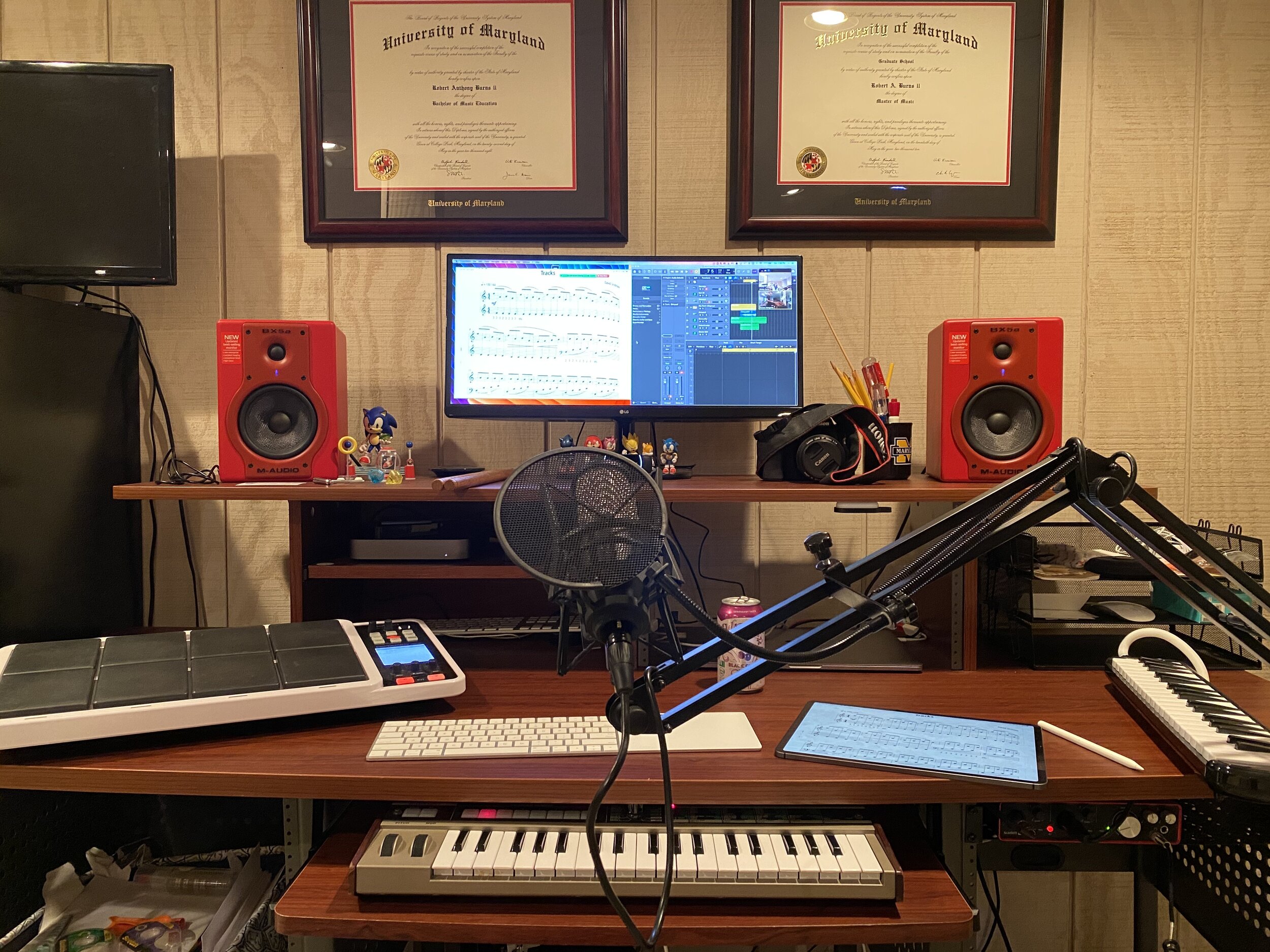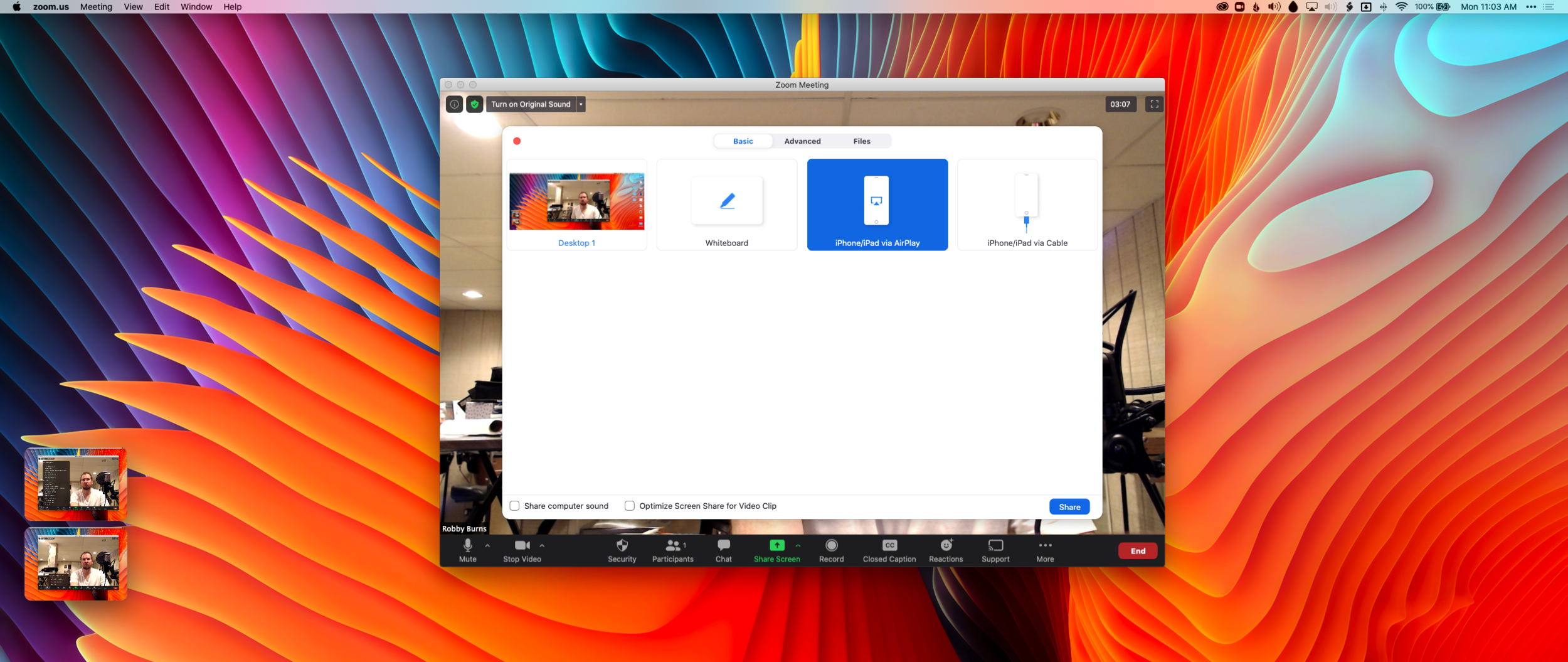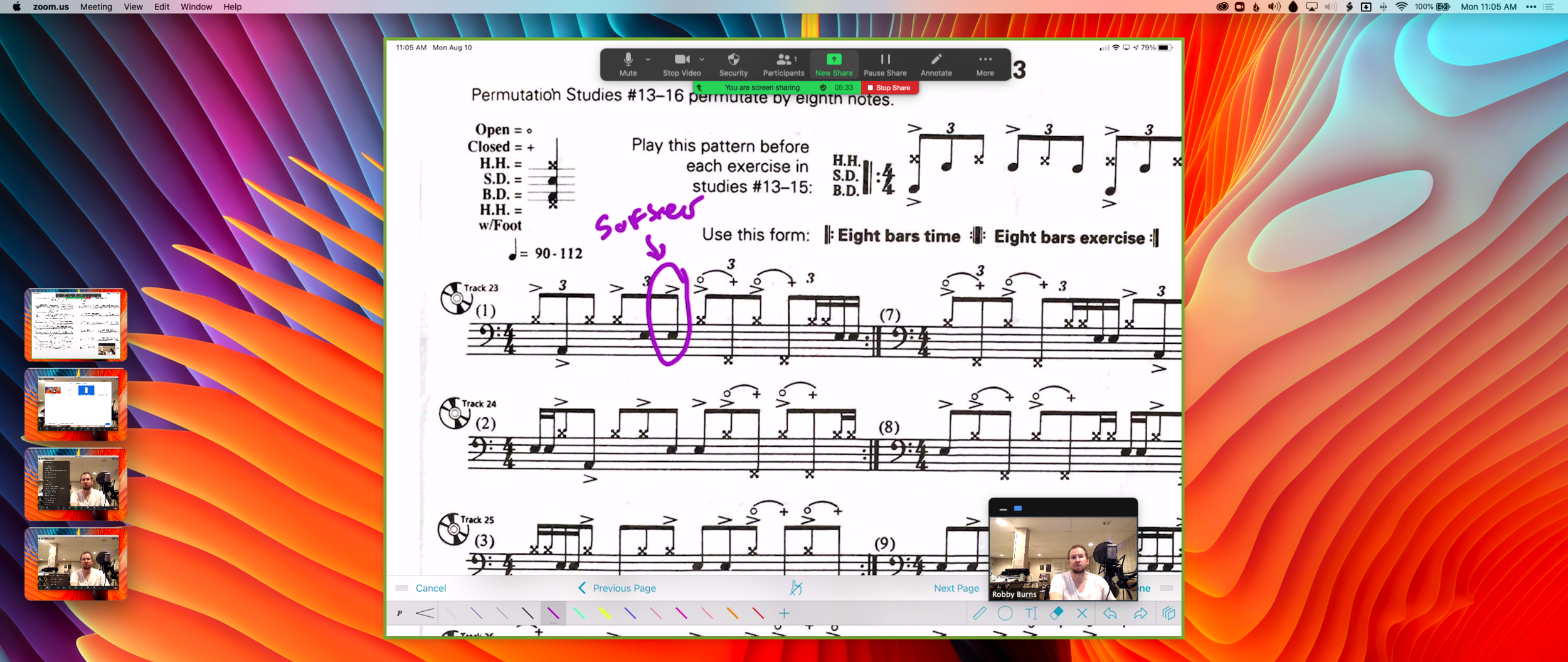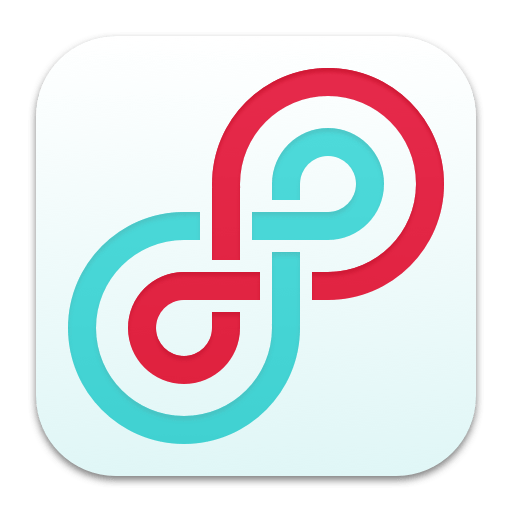🎙 METT Episode #15 - Double the Burns, Double the Fun!... with Amy Burns
Elementary music educator, Amy Burns, joins the show! We talk about Seesaw, using tech in the elementary general music classroom, and her new book: Using Technology with Elementary Music Approaches!!!
Show Notes:
- Noteflight
- Soundtrap
- MusicFirst
- Seesaw
- Dr. Barbara Freedman
- Flipgrid
- METT Episode #14 with Theresa Hoover Ducassoux
- Katie Wardrobe | Midnight Music
- StreamYard
- Teaching Music Online During the Pandemic - Recent Facebook Live panel I participated in
- My YouTube page (Subscribe to it!)
- FiLMiC Pro Camera app that shoots in multiple camera angles at once on the iPhone 11 - Video from the Apple Keynote
- Download FiLMic Pro
- Loopback app by Rogue Amoeba
- My blog post on using Loopback
Stuff Amy is doing:
- Amy’s forthcoming book: Using Technology with Elementary Music Approaches
- Writing for MusTech.net
- Collaborators on her new book:
- Cherie Herring
- Missy Strong
- Ardith Collins
- Glennis Patterson
App of the Week:
Robby - SoundSource by Rogue Amoeba
Amy - Tripple Feature! - Timestamp Camera | MixCam app | Focos
Album of the Week:
Robby - Clear Line | Jacob Garchik
Amy - In the Heights | Lin-Manuel Miranda
Where to Find Us:
Robby - Twitter | Blog | Book
Amy - Twitter | Website
Please don't forget to rate the show and share it with others!
Subscribe to Music Ed Tech Talk:
Subscribe to the Podcast in...
Apple Podcasts | Overcast | Castro | Spotify | RSS














